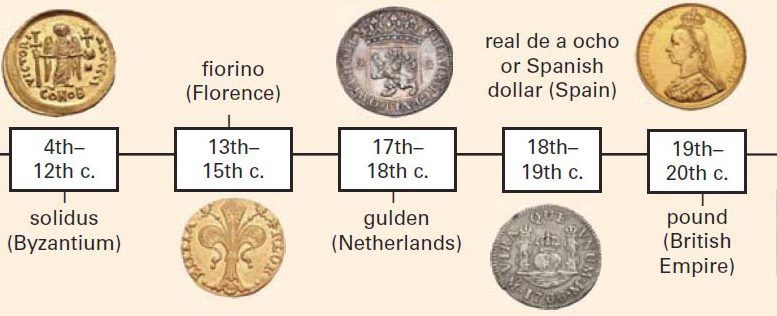There is no unanimity among economist over the definition of money. The main reason for this is that the definition of money cannot be a static one in this dynamic society.
The present day money is quite different from what it was two or three hundred years ago.There was a time when money was only gold and silver coins. But with the advancement of society, paper, notes, deposits of commercial banks which are transferable by cheque have also come to be regarded as money. The main issue in the controversy over the definition of money whether time deposits (deposits not transferable by cheque) and deposits of saving banks and other non-banking financial institutions should be include in the stock of money or not. This is still an unsettled question.
There are two approaches to the specification of what constitutes money functional and empirical. In the functional approach, the theoretical properties of assets called money are specified and the assets having these properties are include in the money stock. In the empirical approach, an examination of various financial assets is done with a view to finding out the assets which satisfy the given criteria. Some of the criteria are : stability of demand function of money, degree of sustainability between various assets and correlation of various assets with the real variables of economy such as income etc. The functional approach is the traditional approach. The empirical approach is meant for planning and policy purposes.
Functional Definition: Traditionally, money is defined in terms of its functions. In these definitions various characteristics of money such as spendability, liquidity are specified.
One such definition is of George Ranlett.
According to George Ranlett
“Money is anything that is spendable and is defined as the unit of account.”
In this definition the ‘spendability of money is emphasized. Spendability of money implies that it generally acceptable as a means of payment.
According to Solomon and Shapiro
“Money is anything that is both a medium of exchange and is defined as the unit of account.”
They have observed, “Money, therefore, may be defined as anything which has fixed and unvarying price in terms of unit of account and is generally accepted within a given society in payment of debt or for goods and services rendered.”
Modern quantity theorists like Milton Friedman emphasize another aspect of money.
According to Milton Friedman
Money is a ‘temporary abode of purchasing power’. With the introduction of money, a single transaction of barter is split up into two transactions i.e sale and purchase. The time separation of the acts of sale and purchase demands that the payments media used be also capable of serving as temporary store of purchasing power.
If we consider this property as an essential characteristics of money, then all forms of wealth as stores of value can be included in the stock of money. Quantity theorists emphasize this aspect of the demand for money when they insist on the inclusion of the characteristics of spendability, and that time deposits cannot be include in the money supply since time deposits are not spendable . But if money is defined in such broad terms as anything which acts as temporary abode of purchasing power, we cannot precisely know the constituents of money supply. According to Prof. James Tobin, ” such open minded pragmatism in the concept and the definition of money is an unconvincing prelude to policy conclusions which stress the overriding importance of providing money precisely in the right quantity.” In short, if the ‘temporary-abode-of-value’ property of money is used, then the definition of money becomes simply useless for policy.
According to Radcliffe, Gurley and Shaw
Quantity of money is only a part of the wider structure of liquidity in the economy. These economists emphasize the essential characteristics of liquidity and hold that by taking into its fold all liquid assets the concept of money should be broadened. The liquidity aspect of money is more important from the policy point of view in so far it suggests that the authorities should control the general liquidity and structure of interest rates rather than the quantity of money which has been traditionally narrowly defined.

Be the first to comment on "Definition of Money"